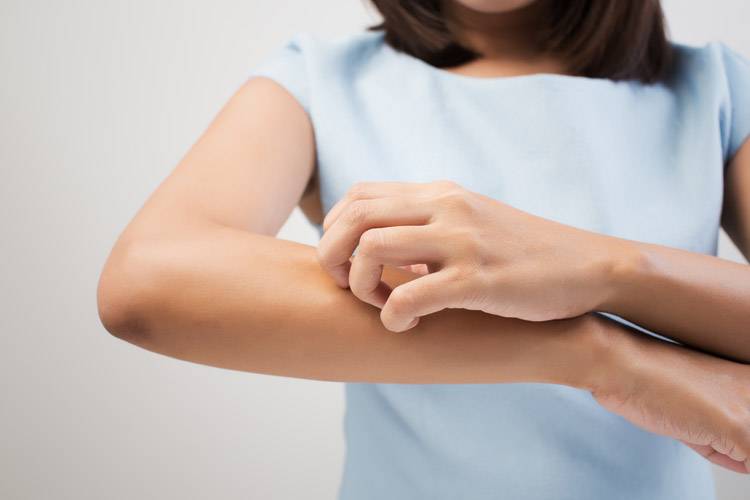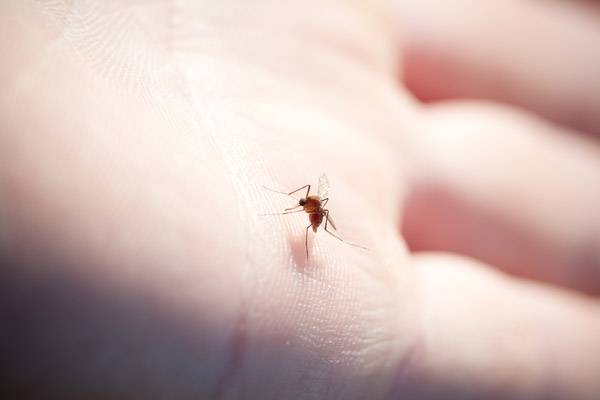War on the ‘vampires’ of the summer
The rise in temperatures due to climate change directly influences the proliferation of insects.
IT’S ECO, IT’S LOGICAL
Share

In the case of mosquitos, which are very annoying this time of year, this entails an increase in the number of insects but also in the amount of areas which meet the climatic conditions of heat and humidity which are favourable to them.
It is estimated that there are over 3,000 species of mosquitos, although in Spain there are only 54 ‘controlled’ species. The most common is Culex pipiens, the common mosquito.
In recent years, apart from the common mosquito, the presence of tiger mosquitos, Aedes albopictus, has increased. Unlike the others, this mosquito bites not only at night, but also during the day. Its bites are painful and can cause allergic reactions. This invasive species from Asia has been spreading through Europe since the 1980s.
Both in the case of the common mosquito and of the tiger mosquito, the females are the ones that bite, as they feed off the blood of other animals, whereas the males feed off nectar. Precisely the females have a longer life cycle, up to a month, while the males usually live about a week.
Mosquito larvae are found in almost any body of water which is stagnant for at least a week: swamps, canals, puddles, riverbanks, shores, holes in trees, water tanks and any kind of recipient. A large quantity of water is not necessary, they can complete this stage with a centimetre of water.
TIPS TO REPEL THEM
Use discreetly coloured clothes and do not use perfume, as this attracts them.
• Install mosquito nets in places with a higher risk.
• Avoid soft lights because they attract mosquitos more.
• Remove any stagnant water in flower pots and other pots… These places are perfect for mosquitos to proliferate.
• Dry any puddle areas on the patio or garden where water can be accumulated.

HOME INSECTICIDES
Each insect requires a specific type of insecticide. You must choose it according the place where you use it: outdoors, indoors, a house with children, with pets…
• Aerosols: these are very effective for instant use, but it is recommended to keep the windows open during use or to go out of the room to avoid an excessive concentration of the product.
• Electric (tablets or liquid): these work plugged in to the electric current. These diffusers are most used in homes, especially in bedrooms.
REPELLENTS
It is recommended to read the ingredient list of the product to know its exact composition. Some protect for several hours and others are of short duration. Your choice depends on the species of mosquito (especially if you are travelling to tropical climates) and on the person who will use it, their age and skin type.
• Lotions, creams, aerosols: these are applied directly to the skin. They usually last between 4 and 6 hours.
• Natural: candles, plants or bracelets are some of the formats of anti-mosquito systems based on plants, such as citronella, basil or eucalyptus.
WHY DO THEY PREFER SOME ‘VICTIMS’ TO OTHERS?
• Blood: they prefer type O.
• Heat: ‘victims’ with a higher body temperature are most attractive.
• Carbon dioxide: people who emit more CO2 attract them. This attraction is very noticeable during pregnancy, a stage in which more carbon dioxide is generated and the body temperature is higher.
• Sweat: they detect substances such as cholesterol or uric acid that are secreted with sweat.
• Skin: the less hair a person has and the thinner their skin, the more they are likely to be bitten.
DID YOU KNOW...
• They can fly at a speed of up to 1.6 to 2.4 km/hr.
• Their wings beat between 300 and 600 times a second.
• They detect the CO2 we exhale from a distance of up to 30 metres.
• The majority do not go further than 1.5 km from their place of birth.






